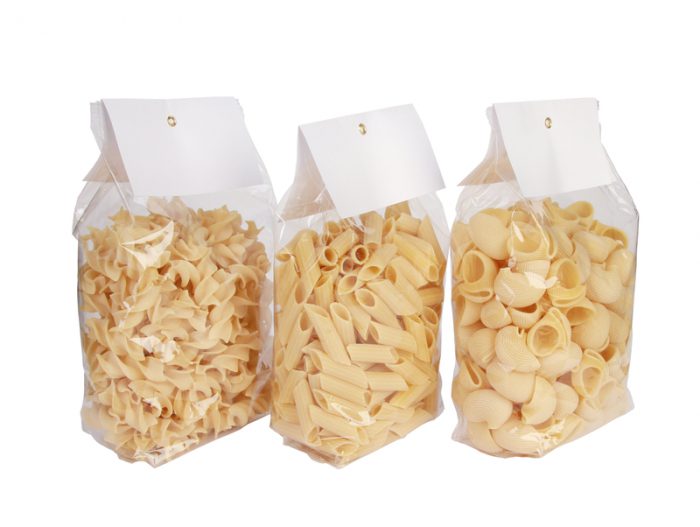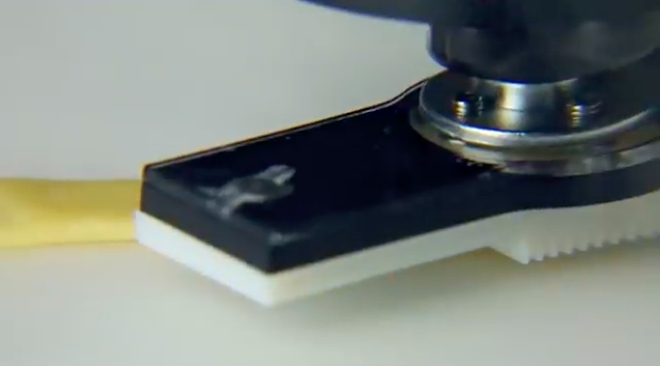May 1 to 16 is Science Odyssey, a celebration of all things science! OWLconnected is recognizing this two-week event with lots of science content, as well as with an amazing contest, presented by our friends at the Natural Sciences and Engineering Research Council of Canada (NSERC). Details are at the end of this post—be sure to enter!
Pasta problems

Pasta is delicious and fun, but those shapes take up a lot of space. (ID 201963572 © Wirestock | Dreamstime.com)
In the fight against unnecessary garbage, one of the biggest offenders is food packaging. Even with recyclable and biodegradable containers, we still throw away a tremendous amount of paper and plastic packaging.
This is especially frustrating when it comes to food that gets packed with a lot of air, such as chips and cereals. And pasta. Many pastas—rigatoni, fusilli, cannelloni, basically any pasta that is curvy or in a wide tube—have shapes that take up a lot space even though they're not very dense or heavy. But what if you could pack those pastas flat, like how we package spaghetti or lasagne noodles?
That's the quest of a group of international scientists from the United States and China. They've created a new innovation: flat-pack pasta. These noodles are perfectly flat ... until you cook them in boiling water. Then they quickly bend and twist into delightful shapes, as pleasing to the mouth as to the eye!
Totally groovy
What's the secret? Special ingredients in the dough? A chemical added to the water? Nope.
Grooves.
Here's how it works. On one hand, the pasta made by these scientists looks perfectly flat, coming in the shapes of squares, wide ribbons, or long strands. But the pasta is 'branded' with tiny grooves on one side in strategically selected areas. Why does this matter?
All pasta expands as it is cooked. But wherever the grooves are, the pasta will expand less, while smooth sides will swell as usual. The end result is that areas with grooves appear to curl around themselves, allowing the pasta to take new shapes as they cook! This is really great news because shapes bring a lot to the experience of eating pasta (something that we explored in this OWLconnected General KnOWLedge video!).
To see this transforming flat-pack pasta in action, watch the video below. Who's hungry!
Contest alert
Don't forget to enter the Science Odyssey Contest! Click HERE TO ENTER.

 What is this machine doing to this pasta? (Screenshot YouTube/Science Alert/Science Advances)
What is this machine doing to this pasta? (Screenshot YouTube/Science Alert/Science Advances)










😯
This is very cool.
How do they flaten the pasta without it breaking?
I mean I have TRIED to eat raw pasta before but it didn’t work.